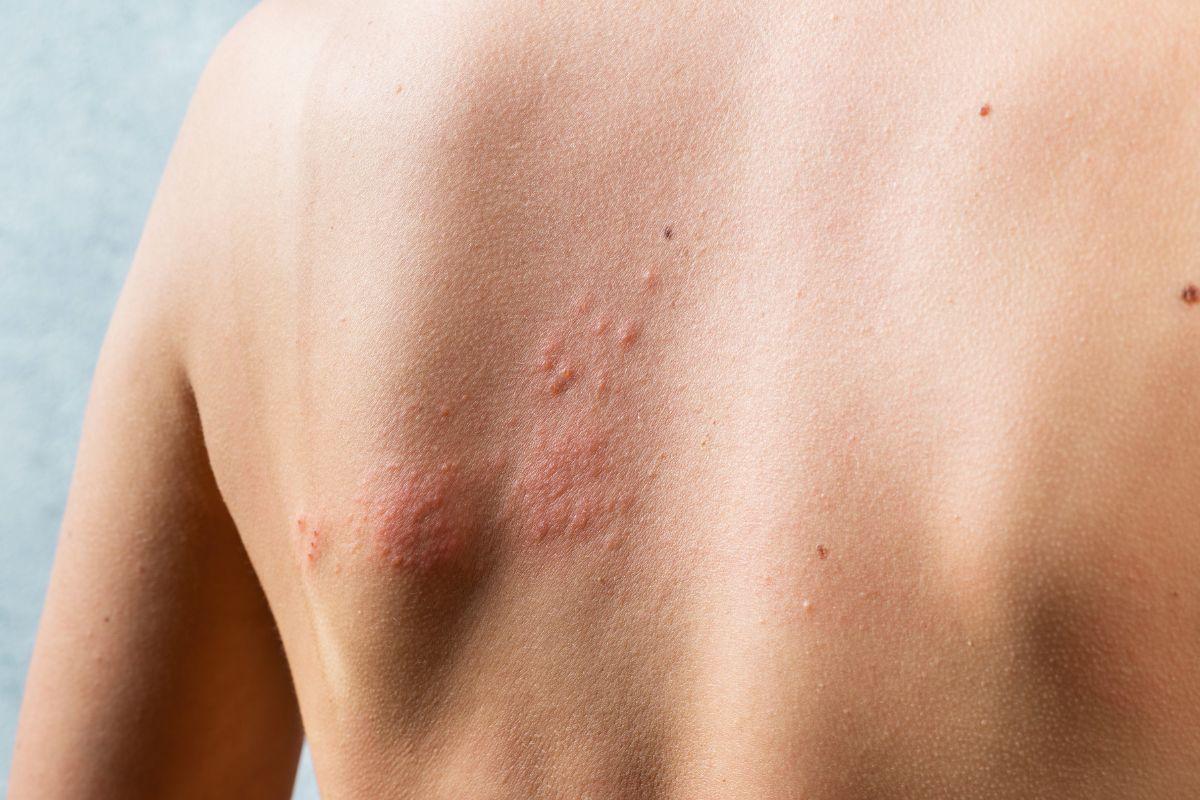Patients often have the common question of what style of circumcision is suitable for them when looking for the procedure as an adult. There is no published medical evidence as to whether one style is better or the other or provide any change in sensation or more protection from HIV and STIs, but there are individual factors to help make a decision.
What is the role of the inner skin (mucosa of the foreskin)?
Supporters of the “low” style of the circumcision debate that the mucosal cells responsible for admitting HIV to the uncircumcised male are concentrated in the frenulum and inner foreskin, implying that this tissue should be removed completely to obtain maximum benefit from the circumcision. Rivals consider that postoperatively circumcision changes in residual inner skin (mucosa) called “keratinization” would not require.
Sensation
A few patients have complained of loss of sensation after circumcision. It is hard to know how much of this is due to psychological origin, to the operation itself, or to the underlying disease called lichen sclerosus or balanitis xerotica obliterans (BXO) which itself can reduce penile sensation. Although the majority of patients do not complain of this problem.
Diabetes, BXO, age and frenulum are important factors of preoperative penile sensation
1. Age
A study describes a decrease in sensual sensitivity with increasing age in both men who had circumcision or not circumcised. General deterioration in penile sensation with ageing has been described in another report and could be responsible for this opinion.
2. Frenulum
Another issue to be determined relates to the removal or retention of the frenulum. As well
as having high concentrations of cells targeted by HIV, the high blood supply at the frenulum is particularly vulnerable to tearing or other damage during sexual activities, as well. Please see further details of frenuloplasty.
Circumcision decreases heterosexual HIV gaining in men by at least 60%. However, the mechanisms by which circumcision is defensive remain incompletely settled. We believe that immune activation in foreskin tissues inside accelerates HIV infection and sexually transmitted infections through a combination of many factors.
3. Diabetes and other diseases
People with diabetes are more at risk of problems when engaging in sexual activities. It’s one of the complications of diabetes after high blood sugar levels, as well as high blood pressure and high blood lipids (fats).
Given all of the above facts, most doctors should not only consider circumcising but also to circumcise in a particular way. It seems appropriate for the operation to specifically target a certain amount of skin for removal, at the same time achieving a result that holds the glans sulcus exposed so that it remains dry and clean. This may not happen in some cases because of body anatomy. This will be unable to let a viral or bacterial growth either in smegma or body fluids. It is important to remove most of the unhealthy part of the foreskin as much as possible especially in the case of BXO.
Styles of circumcision in men
All styles involve the excision of the inner and outer foreskin with or without frenuloplasty. The style also varies upon
- Reasons for circumcision
- Anatomy of the external genitalia
- Extend of disease of the foreskin
- Mobile penoscrotal junction
- Body mass
The high/low circumcision is a way of stating how much inner skin is removed. The loose/tight style is a way of stating how much total foreskin is removed. These styles are almost independent, hence there are four circumcision styles and many mixed styles:
- Low and Loose
- Low and Tight
- High and Loose
- High and Tight
Other Styles vary due to:
- Circumcision with or without frenuloplasty
- Circumcision with the buried penis or mobile penoscrotal junction
- Circumcision with penoscrotal web
- Circumcision with Balanitis Xerotica Obliterans (BXO)
A urologist can discuss the characteristics of high and low cut, tight and loose cut types or styles of circumcision.
High and low “cut” circumcision
This concept is due to the scar line from the groove (sulcus) of the head of the penis (corona of the glans) and also depends upon how much inner skin called mucosal skin is removed. Some people believe that high “cut” means excess outer skin along with the shaft of the penile skin is cut, leaving long inner skin. However, some people have the opposite concept. Low “cut” means to cut more inner skin so that the scar line is very close to the groove of the head of the penis. The “cut” or scar line must be taken to the glans/groove of the penis. These high or low styles are not possible in all men. To put a scar line in the middle of the shaft or close to the base of the penis is not recommended as it leaves too long inner skin, which can swell up due to lymphatic drainage (lymphedema) and also over time, the inner skin stretches to become a loose fold of skin over the glans which gives unsatisfactory results in the long term. This also involves cutting too much shaft of the penile skin.
Tight versus loose circumcision
This might depend upon many factors such as how much total foreskin is removed, the mobility of penile shaft skin and attachment of the skin at the base of the penis toward the abdomen (penoscrotal junction). The tightness of skin around the penis is sometimes not possible, no matter how much foreskin is removed during the circumcision. This is due to the loose attachment of skin at the base of the penis to the body at the penoscrotal/penopubic junction. This may be affected by birth, the ageing process or overweight. Tight circumcision should not be confused with the quality of erection which depends upon other factors. The concept of loose circumcision may also be taken as similar to partial circumcision. The position of the remaining shaft of penis skin should be assessed according to the flaccid and erect state of the penis. Tight circumcision is not possible for those who have a considerable difference in size between a fully flaccid and fully erect penis and non-fixation of the penoscrotal junction. They may have a painful erection during sexual activity in the first 3-6 months if a tight circumcision is performed.
In conclusion, it is important to discuss the styles of circumcision before the operation with patients to give the best care and realistic expectations. Penis anatomy, diabetes and balanitis xerotica obliterans are also an important factor for the outcome of the circumcision.



